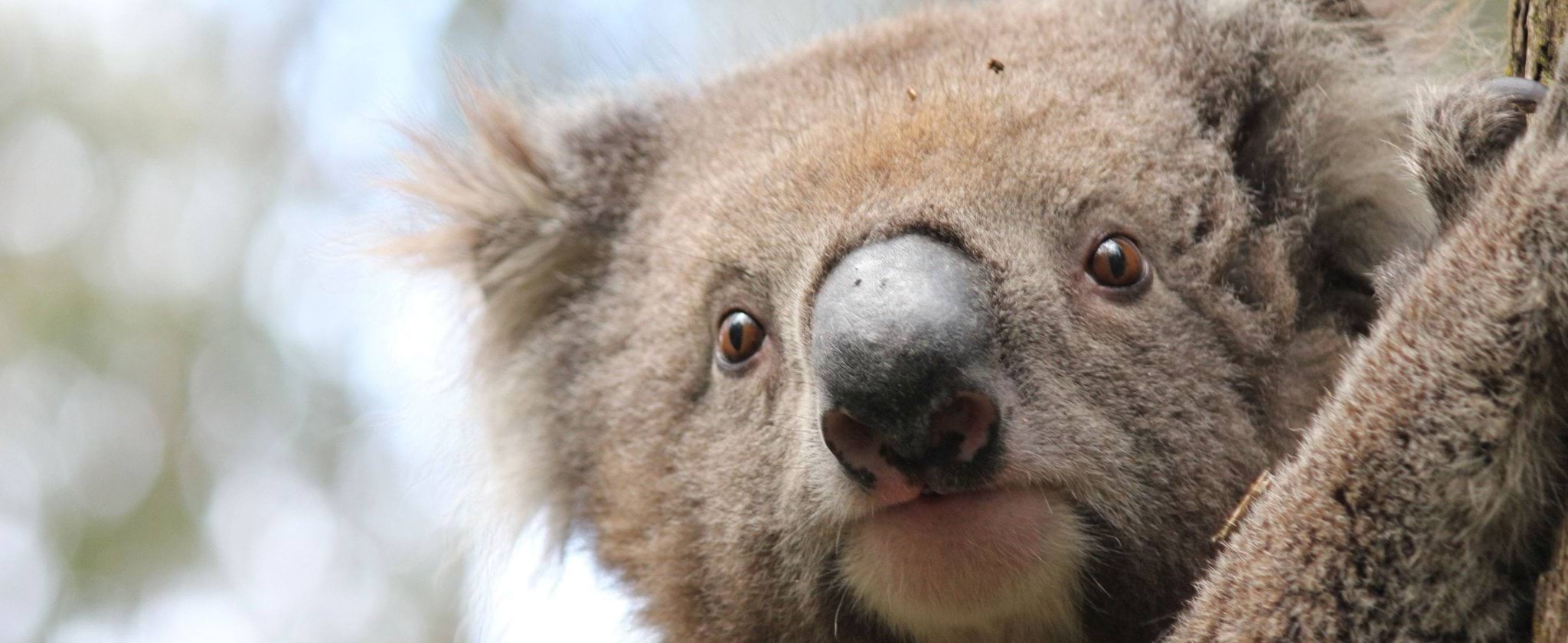Plantations are an important part of supplying domestic and international timber needs and blue gums (Eucalyptus globulus) form part of this key resource. The blue gum industry in Victoria operates on private land and is largely conducted by plantation management companies.
Koalas (Phascolarctos cinereus) are an important component of Australia’s biodiversity as well as being a culturally and socially significant animal and a major tourist drawcard. Koala populations in Queensland, NSW and ACT are listed as endangered under the Commonwealth Environment Protection and Biodiversity Conservation Act 1999. Conversely, Victoria has a higher Koala population. For example, the Victoria’s Barwon South West region has high numbers of Koalas and large areas of plantation. Recent analysis predicts an abundance of approximately 210,277 Koalas in Barwon South West’s native forest and woodland estate, plus approximately 42,581 Koalas in the Barwon South West Eucalypt plantation estate. In some areas of Victoria, population densities are so high that the resulting browsing pressure on preferred tree species is unsustainable. These densities pose a direct threat to the integrity of entire forest patches as well as the Koalas’ own welfare. Regardless of population density, koalas are protected within Victoria under the Wildlife Act 1975.
Koalas are increasingly moving into blue gum plantations seeking new habitat areas, with blue gums becoming a preferred food tree.
Timber harvesting and management of regrowth in blue gum plantations have the potential to injure, displace or kill Koalas. The legislative and regulatory framework aims to ensure best practice in the plantation industry in Victoria, to minimise the disturbance to Koalas and protect Koala welfare.
Objectives of the regulatory approach
The approach to the regulation of Koala management in blue gum plantations seeks to minimise impacts to Koalas in blue gum plantations by:
- Improving monitoring and reporting of Koala observations and incidents to inform adaptive management.
- Continuously improving mitigation measures and responses to Koala incidents.
- Implementing a system that is clear and achievable for plantation owners and managers.
- Ensuring that the regulatory approach provides appropriate oversight and enforceability.
- Ensuring transparency and accountability.
Anyone that is likely to disturb wildlife requires appropriate authorisation to do so under the Wildlife Act 1975.
Updated
